Kashmiri Saffron: Tradition Meets Innovation in the Spice Industry
Kashmiri Saffron: The Golden Spice with a Rich History and Bright Future
Kashmiri saffron, also known as “red gold,” is one of the most precious and sought-after spices in the world. Cultivated in the enchanting valleys of Kashmir, this spice is renowned for its rich aroma, vivid color, and unique flavor.
Beyond its culinary uses, Kashmiri saffron holds immense cultural, economic, and medicinal significance. This article delves into the fascinating journey of Kashmiri saffron, exploring its traditional roots and the innovative practices that are shaping its future.
Discover the Essence of Pure Flavor – Buy Kashmiri Kesar Online Today!
The Historical Roots of Kashmiri Saffron
Ancient Origins
The history of saffron cultivation in Kashmir dates back over two millennia. According to historical records, saffron was introduced to the region by Persian traders. Its cultivation flourished under the rule of various dynasties, including the Mughals, who greatly valued saffron for its medicinal properties and as a symbol of luxury.
Cultural Significance
Kashmiri saffron is deeply ingrained in the cultural fabric of the region. It is used in religious ceremonies, traditional medicine, and as a natural dye. The vibrant hue of saffron symbolizes purity and prosperity, and its presence is often seen in Kashmiri weddings and festivals.
The Cultivation Process of Kashmiri Saffron
Ideal Growing Conditions
Kashmir’s unique climatic conditions, with its cold winters and warm, dry summers, provide the perfect environment for saffron cultivation. The fertile soil, rich in nutrients, further contributes to the high quality of the saffron produced here.
Planting and Harvesting
Saffron cultivation is a labor-intensive process that involves planting saffron corms (bulbs) in well-prepared fields. The plants bloom in the autumn, producing delicate purple flowers. Each flower contains three crimson stigmas, which are carefully handpicked at dawn to preserve their potency. These stigmas are then dried to produce the saffron threads we use.
Experience the Rich Tradition of Kashmiri Kesar – Purchase Here!
Challenges in Kashmiri Saffron Cultivation
Climate Change
One of the significant challenges faced by saffron farmers in Kashmir is climate change. Unpredictable weather patterns, including delayed rains and untimely snowfall, can adversely affect saffron yields. Efforts are being made to adapt cultivation practices to mitigate these impacts.
Economic Pressures
The economic sustainability of saffron farming is another concern. Fluctuating market prices, competition from cheaper, lower-quality saffron, and the high cost of cultivation contribute to the financial strain on farmers. Innovative strategies are needed to ensure fair compensation and support for saffron growers.
The Medicinal and Culinary Uses of Kashmiri Saffron
Health Benefits
Kashmiri saffron is renowned for its numerous health benefits. It is a potent antioxidant, known to improve mood, enhance memory, and support heart health. Saffron also has anti-inflammatory properties and is used in traditional medicine to treat various ailments, including respiratory issues and digestive disorders.
Culinary Delights
In the culinary world, Kashmiri Kumkum Puvvu is prized for its ability to impart a rich color and unique flavor to dishes. It is a key ingredient in traditional recipes such as Kashmiri Rogan Josh, saffron rice, and various desserts. The spice is also used in global cuisines, from Spanish paella to Indian biryani.
Innovations in Kashmiri Saffron Cultivation
Technological Advancements
To address the challenges of traditional saffron farming, innovative techniques and technologies are being introduced. These include greenhouse cultivation, drip irrigation systems, and controlled environment agriculture, which help optimize growth conditions and improve yields.
Genetic Research
Genetic research is playing a crucial role in enhancing saffron quality and resilience. Scientists are exploring the genetic makeup of saffron to develop varieties that are more resistant to diseases and environmental stress. These advancements aim to secure the future of saffron cultivation in Kashmir.
The Future of Kashmiri Saffron
Sustainability and Fair Trade
The future of Kashmiri Kungumapoo lies in sustainable and ethical farming practices. Initiatives such as fair trade certification ensure that farmers receive fair compensation for their hard work. Additionally, sustainable farming methods protect the environment and promote the long-term viability of saffron cultivation.
Global Market Expansion
Efforts are being made to expand the global market for Kashmiri Zaffran. Marketing strategies that highlight the unique qualities and origin of this premium spice are helping to create a niche market. Collaborations with international culinary experts and food enthusiasts are also raising awareness and demand for Kashmiri saffron.
Conclusion
Kashmiri Kesar stands as a testament to the rich cultural heritage and innovative spirit of the region. Despite the challenges faced by saffron farmers, the blend of traditional practices and modern advancements ensures that this exquisite spice continues to thrive. As we look to the future, supporting sustainable and ethical saffron farming practices will be key to preserving the legacy of Kashmiri saffron for generations to come.


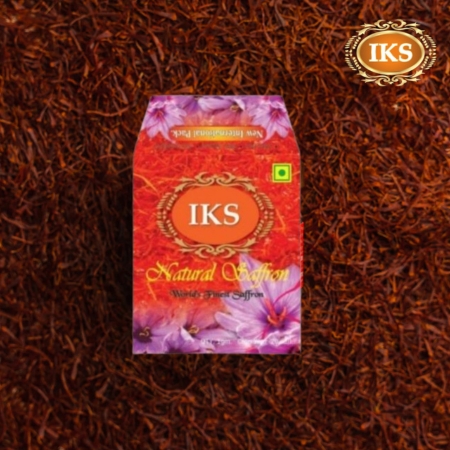
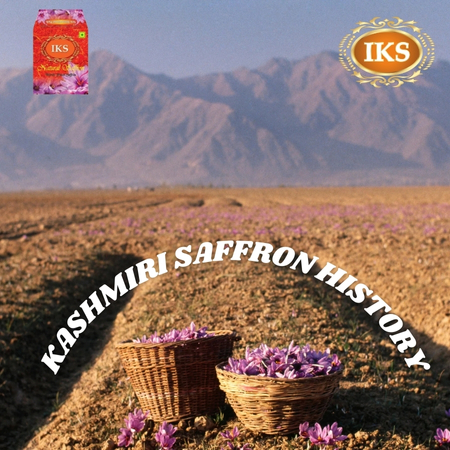
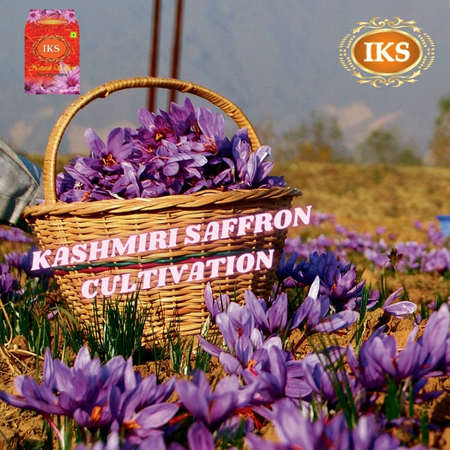
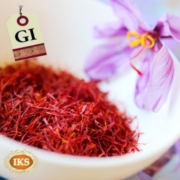









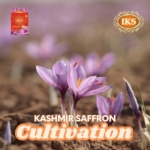
Leave a Reply
Want to join the discussion?Feel free to contribute!